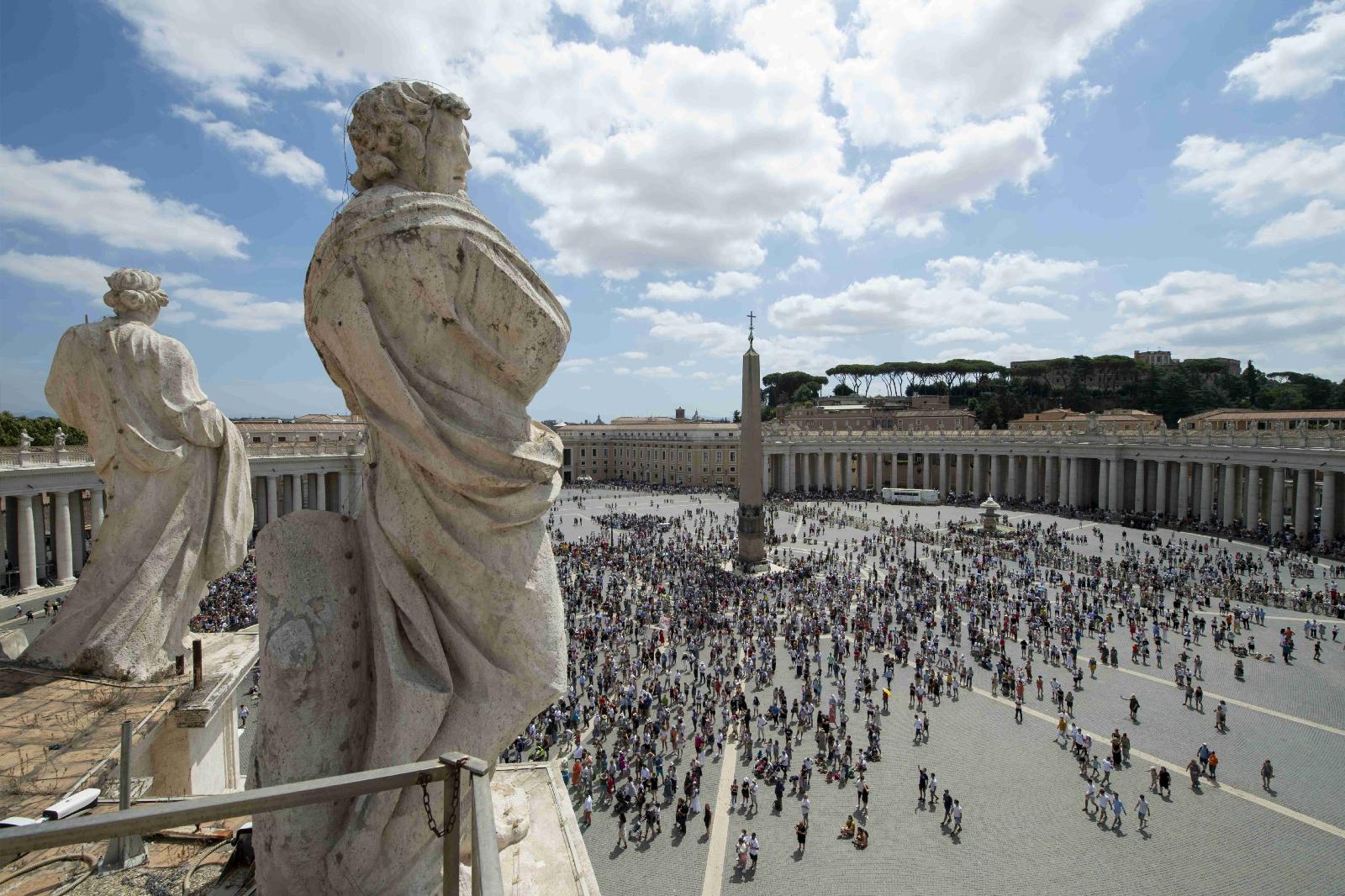The late Nicholas Lash once wrote that there is no word more difficult to use well, that is, with both sense and integrity, than the word “God”. He might have said the same just as aptly about the word “love”, the subject of today’s second reading from St Paul to the Corinthians. The ubiquity of the word’s use and the seemingly infinite range of meanings it’s made to bear only serve to exacerbate the difficulty. But this Pauline hymn, frequently chosen for the reading at weddings, is one of the most successful attempts to speak well about love. A more recent attempt to speak well about love was Pope Francis’s detailed commentary on precisely this text in his encyclical, Amoris Laetitia (2016), “The Joy of Love”. Equally helpful was his predecessor’s very first encyclical, Deus caritas est (2005), “God is Love”, which offered a sustained philosophical and theological meditation on the nature of love.
In Deus caritas est, the then-pope asked whether, despite all the many and varied manifestations of love, the word designates a single reality or many different realities. He singled out two uses of the word which he claimed encompassed all others: eros, “the love which is neither planned nor willed, but which somehow imposes itself upon us”, and agape, “the love which sets self aside and seeks only the good of the other”. Both uses are neatly summed up in the words: “passion” and “compassion”. Though admitting of two usages, however, the word “love”, according to the encyclical, can have only one, ultimate meaning, because it has only one ultimate source and only one ultimate object, namely, God. As St John says, “God is love and those who abide in love abide in God”. And, as the ancient Christian hymn has it: Ubi caritas et amor, Deus ibi est: “Where charity and love are, God is there.”
This startling identification of God and Love carries the corollary that God loves us with both the passion of eros and the compassion of agape: and that he became one of us not just so that we might know God’s love, but so that we might experience it, enter into it, live in and by it, so that by becoming sharers in his love, we might become sharers in his life. And the further corollary is that, Jesus, who is God, is the only ultimate measure and model of all love. That’s why he tells us, “Love one another as I have loved you”.
And until and unless we love as he loves, we will not fulfil our God-given potential, we will not be fully ourselves. Talking about love is one thing, of course, actually loving is quite another. That’s where St Paul’s advice (and Pope Francis’s encyclical) about the practical reality of loving comes to our aid. Anyone who thinks that love comes cheap, or is effortless or painless, should ponder his words: they are the perfect “reality check” if you think you love someone. His words are also a striking corrective to the most common mistake most of us manage to make when we”re not yet full of years, (and sometimes manage to repeat when we”re, so to speak, “half full of years”, ie mid-life, as in “mid-life crisis”), namely, to confuse love with falling in love, that is, with the giddy power of personal chemistry and irresistible attraction, the frisson of shared space and physical proximity. Falling in love is, of course, as easy as falling out of love: both are done with your eyes shut.
Which is why, though bordering on the cynical, the old adage that “love is blind, but marriage is an eye-opener”, will ring a bell with many. Loving, on the other hand, is the widest-eyed activity known to humankind. Love’s laser-like vision sees in another person what may be missed or ignored by others and even by themselves, piercing through all the self-protective, radar-defying defences we erect around ourselves; seeing the real person, the person made in the image and likeness of God, who is the object of God’s own love and delight. To love another person is to see them as God sees them, who, seeing us as we really are, still loves us. You know the gift of love in your own life when the light ceases to dazzle and starts to illuminate. Love is the light – and, in the end, the only light – that can illumine a world grown dim and give us the courage needed to keep living and working. Love is possible, and we are able to practise it, because we are created in the image and likeness of God. To love…[is]…to cause the light of God to enter into the world. Deus caritas est (2005), para 39.



 Loading ...
Loading ...
What do you think?
You can post as a subscriber user ...
User comments (0)